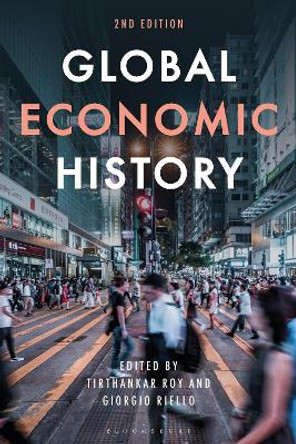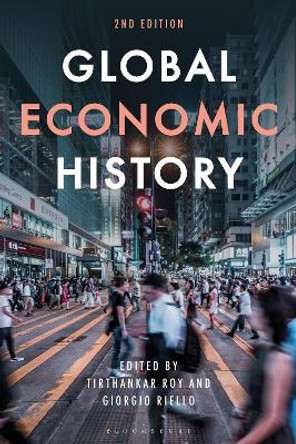Description
This new edition of An Economic History of Early Modern India extends the timespan of the analysis to incorporate further research. This allows for a more detailed discussion of the rise of the British Empire in South Asia and gives a fuller context for the historiography.
In the years between the death of the emperor Aurangzeb (1707) and the Great Rebellion (1857), the Mughal Empire and the states that rose from its ashes declined in wealth and power, and a British Empire emerged in South Asia. This book asks three key questions about the transition. Why did it happen? What did it mean? How did it shape economic change? The book shows that during these years, a merchant-friendly regime among warlord-ruled states emerged and state structure transformed to allow taxes and military capacity to be held by one central power, the British East India Company. The author demonstrates that the fall of warlord-ruled states and the empowerment of the merchant, in consequence, shaped the course of Indian and world economic history.
Reconstructing South Asia's transition, starting with the Mughal Empire's collapse and ending with the great rebellion of 1857, this book is the first systematic account of the economic history of early modern India. It is an essential reference for students and scholars of Economics and South Asian History.
About the Author
Tirthankar Roy is Professor of Economic History at the London School of Economics, UK. He has published extensively on South Asian history and development and has taught courses on South Asia and Global History. His recent books include An Economic History of Colonialism (with Leigh Gardner, 2020), Crafts and Capitalism (Routledge, 2019) and A New Economic History of Colonial India (co-edited with Latika Chaudhary, Bishnupriya Gupta, and Anand V. Swamy, Routledge, 2015).
Book Information
ISBN 9780367770419
Author Tirthankar Roy
Format Paperback
Page Count 200
Imprint Routledge
Publisher Taylor & Francis Ltd
Weight(grams) 390g






